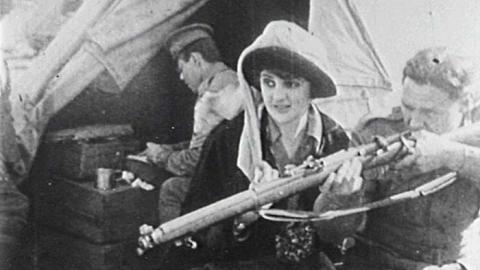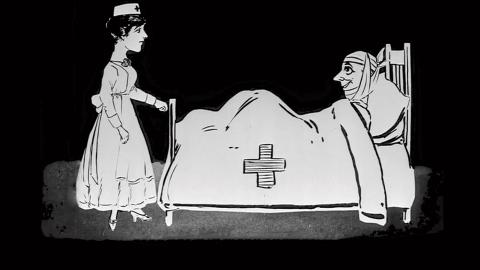

At the Movies: 100 Years Ago
Wartime moviegoing
What did Australians watch at their local cinema during the First World War?
During the 1910s huge picture palaces flourished across the country and going to the pictures was a big social event. Small towns and regional areas did not miss out – touring exhibitors set up temporary screens in shearing sheds, halls or wherever they could attract an audience.
When war broke out in 1914, going to the cinema had a new purpose. It served to distract audiences from the horrors of the Western Front and elsewhere, but also helped them keep up with international events and to support the war effort.
This collection includes clips from some of the moviegoing highlights of the era.
WARNING: this collection may contain names, images or voices of deceased Aboriginal and Torres Strait Islander people.
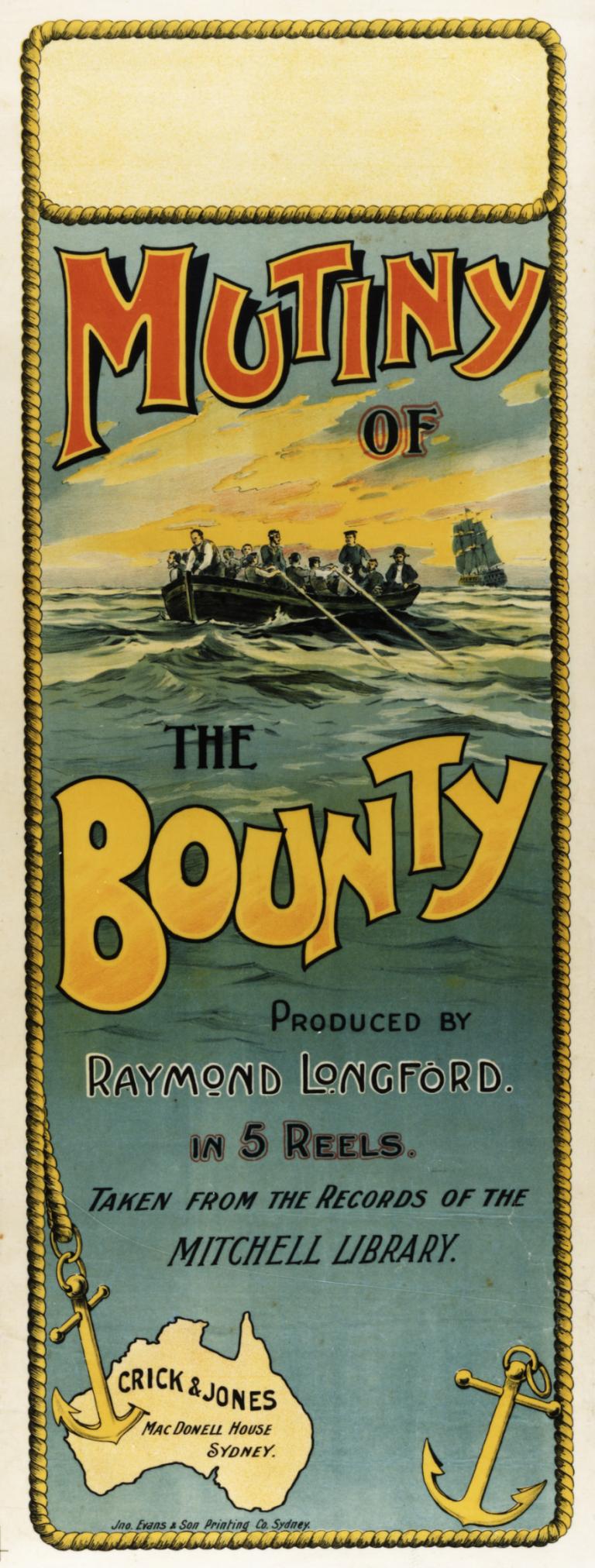
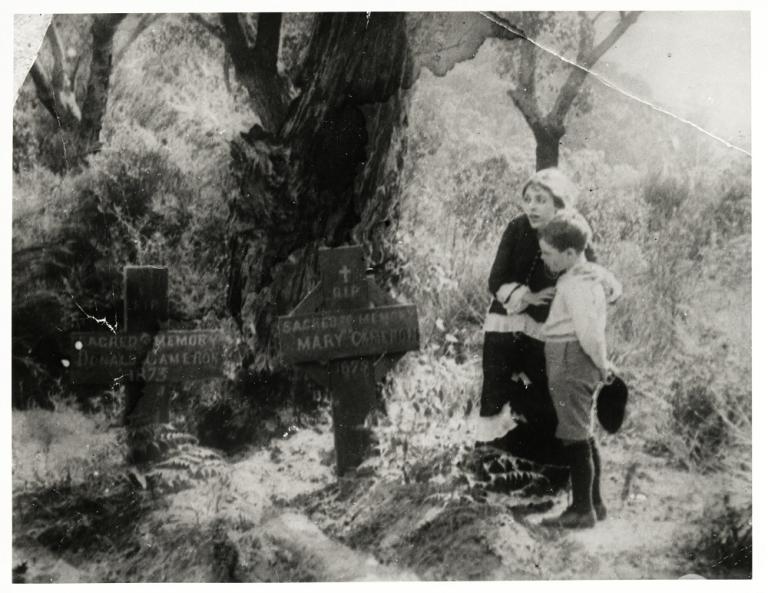
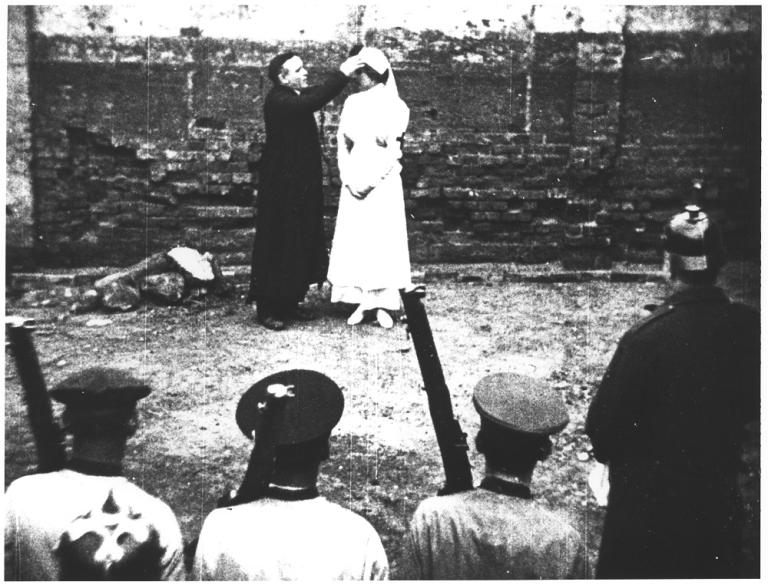
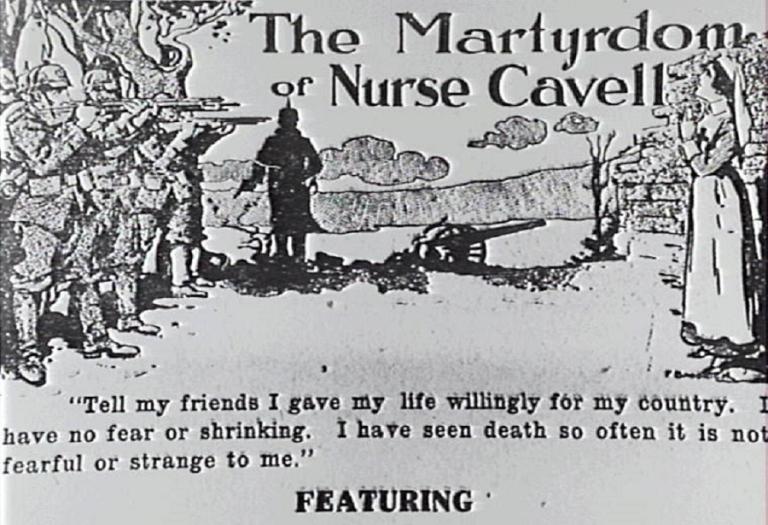
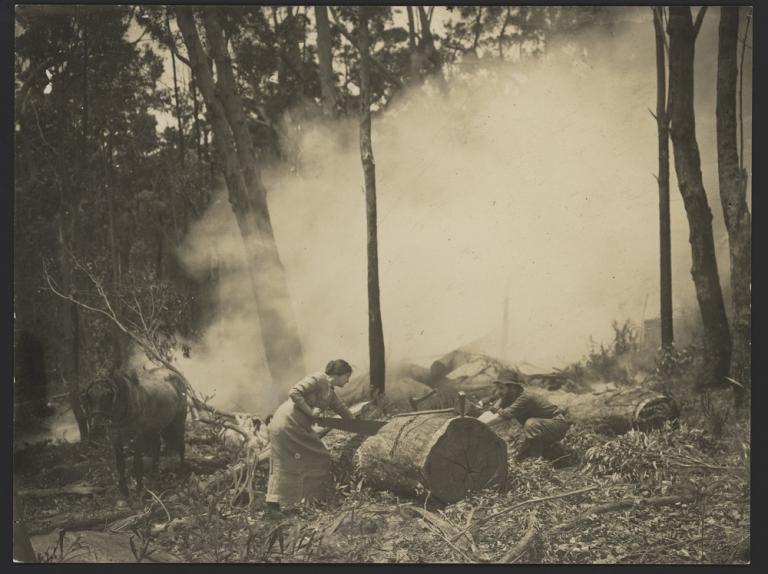
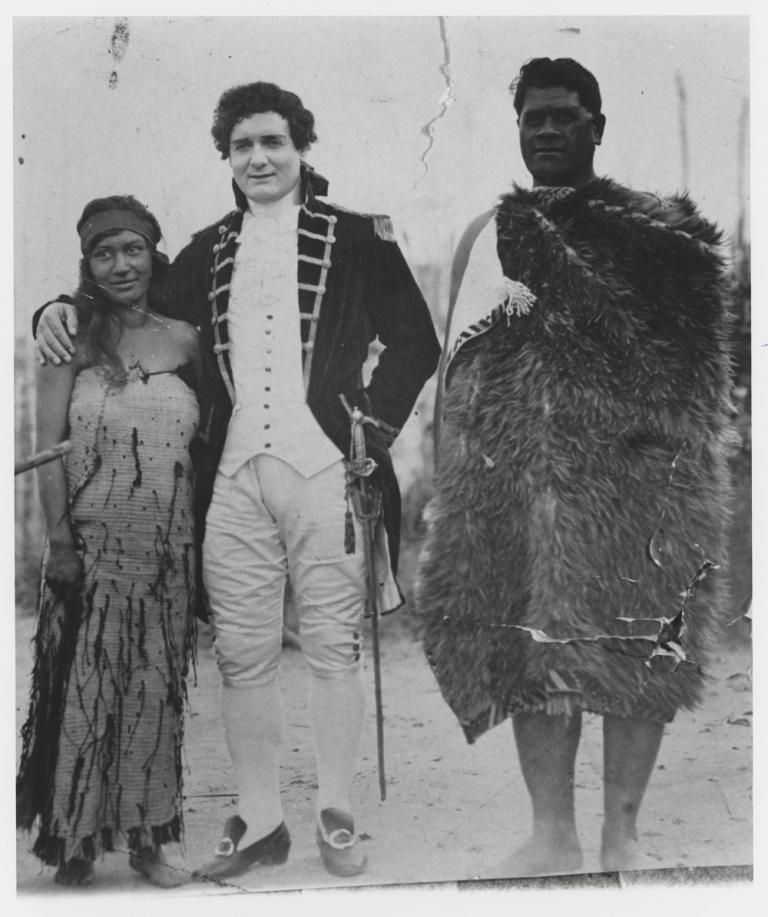
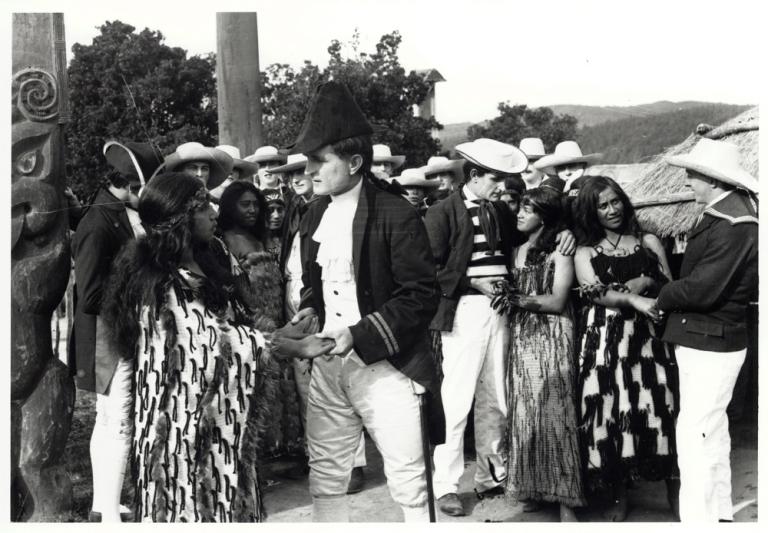
The National Film and Sound Archive of Australia acknowledges Australia’s Aboriginal and Torres Strait Islander peoples as the Traditional Custodians of the land on which we work and live and gives respect to their Elders both past and present.
